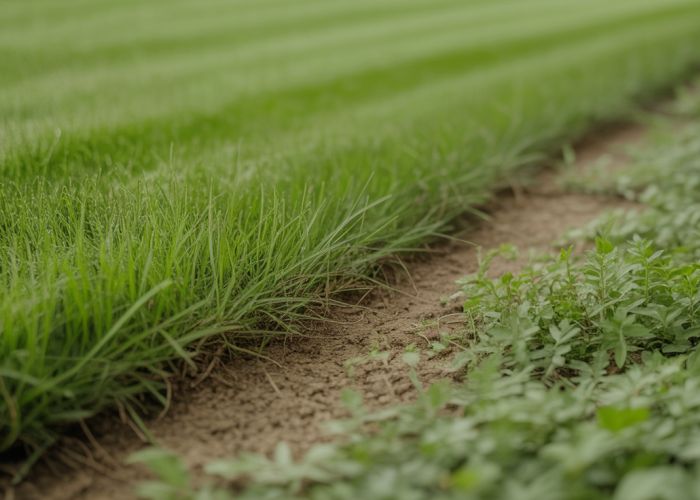Effective weed management is crucial for maintaining healthy landscapes, and Snapshot weed control offers a powerful solution. The active ingredient, Isoxaben, a key component, inhibits cell division in susceptible weeds. Homeowners appreciate its long-lasting pre-emergent action, making it a popular choice for gardens and lawns. Nursery professionals often rely on it to keep container plants weed-free, ensuring product quality.

Crafting the Ultimate "Snapshot Weed Control" Guide: A Layout Blueprint
This guide will outline the ideal article structure for a comprehensive and user-friendly article titled "Snapshot Weed Control: The Easy Guide You Need Now!" focusing on the main keyword "snapshot weed control". The goal is to provide readers with all the information they need to understand and effectively use Snapshot weed control.
Understanding Snapshot Weed Control
This section will introduce the reader to the basics of Snapshot weed control.
What is Snapshot Weed Control?
- Define Snapshot herbicide: Explain what it is, specifically referring to its pre-emergent nature (preventing weeds from sprouting).
- Active Ingredients: Name the active ingredients in Snapshot (isoxaben and oryzalin) and briefly describe how they work to prevent weed growth.
- Granular Formulation: Highlight the granular form of Snapshot, emphasizing its ease of application.
Why Choose Snapshot Weed Control?
This section justifies the choice of using this specific product.
-
Broad Spectrum Control: Emphasize the wide variety of weeds that Snapshot effectively controls.
-
Provide examples of common weeds it targets (crabgrass, spurge, chickweed, etc.). A brief table could be used here to list a few of the most common:
Weed Type Example Grass Weed Crabgrass Broadleaf Weed Spurge Winter Annual Chickweed
-
- Long-Lasting Protection: Explain the extended control period (typically 6-8 months) offered by Snapshot.
- Safe for Ornamentals: Highlight that Snapshot is safe for use around many established ornamental plants, trees, and shrubs. This is a key selling point.
- Include a disclaimer that it’s crucial to check the label for a complete list of approved plants, as not all are compatible.
Applying Snapshot Weed Control: A Step-by-Step Guide
This section provides a practical guide to using the product.
Preparing for Application
- Timing is Key: Emphasize the importance of applying Snapshot before weeds germinate. Explain that it’s a pre-emergent herbicide.
- Provide general guidelines on timing based on climate/region (e.g., early spring, late fall).
- Suggest consulting local extension services for specific timing recommendations in their area.
- Gathering Your Supplies: List the necessary materials:
- Snapshot herbicide granules
- Granular spreader (handheld or rotary)
- Gloves
- Eye protection (optional but recommended)
- Water (for irrigation after application)
The Application Process
- Calibrating Your Spreader:
- Explain how to calibrate the spreader to ensure the correct application rate.
- Refer to the Snapshot label for the recommended rate (e.g., pounds per 1,000 square feet).
- Suggest doing a test run over a small area to fine-tune the spreader setting.
- Applying the Granules:
- Describe the proper technique for applying the granules evenly across the target area.
- Avoid overlapping passes, which can lead to over-application.
- For handheld spreaders, maintain a consistent walking speed and crank speed.
- For rotary spreaders, ensure proper overlap according to the manufacturer’s recommendations.
- Irrigation After Application:
- Explain the importance of watering in the Snapshot granules after application.
- Light irrigation helps activate the herbicide and move it into the soil.
- Avoid heavy irrigation, which can wash away the granules.
Safety Precautions & Best Practices
This section emphasizes responsible use.
Handling Snapshot Safely
- Reading the Label: Emphasize the paramount importance of reading and following the entire product label before use.
- Personal Protective Equipment (PPE): Recommend wearing gloves and eye protection when handling Snapshot.
- Storage: Provide instructions for storing Snapshot safely:
- Keep out of reach of children and pets.
- Store in a cool, dry place away from food and feed.
- Disposal: Explain how to properly dispose of unused product and empty containers according to local regulations.
Optimizing Results with Snapshot
- Weed Identification: Stress the importance of identifying weeds correctly to ensure that Snapshot is effective against them.
- Soil Preparation: While not always necessary, lightly tilling the soil before application can sometimes improve results (check label).
- Reapplication: Explain when and why reapplication may be necessary (e.g., after heavy rain, at the end of the control period). Refer to the label.
- Avoid Application to Water: Never apply near or directly into water sources, such as ponds, lakes, or streams.
Snapshot Weed Control: Your Questions Answered
Here are some frequently asked questions about Snapshot weed control to help you get the most out of this effective pre-emergent herbicide.
What types of weeds does Snapshot weed control prevent?
Snapshot provides broad-spectrum control of many common broadleaf and grassy weeds. It’s effective against weeds like crabgrass, chickweed, oxalis, and spurge, among others. Check the product label for a complete list of weeds controlled.
How long does Snapshot weed control last?
Snapshot typically provides weed control for up to 6-8 months. This long residual activity makes it a great choice for pre-emergent weed control in landscapes and nurseries.
When is the best time to apply Snapshot?
The best time to apply Snapshot is before weeds germinate. This is usually in early spring before soil temperatures warm up, or in the fall before winter annual weeds emerge. Applying before weeds sprout is essential for it to work.
Can I use Snapshot weed control around all my plants?
Snapshot is labeled for use around many established ornamental plants, trees, and shrubs. However, it’s crucial to check the product label to ensure it is safe for use around your specific plants and to avoid any phytotoxicity issues. Always follow label instructions carefully.
So, there you have it! Mastering snapshot weed control doesn’t have to be a chore. Now go out there and reclaim your yard!